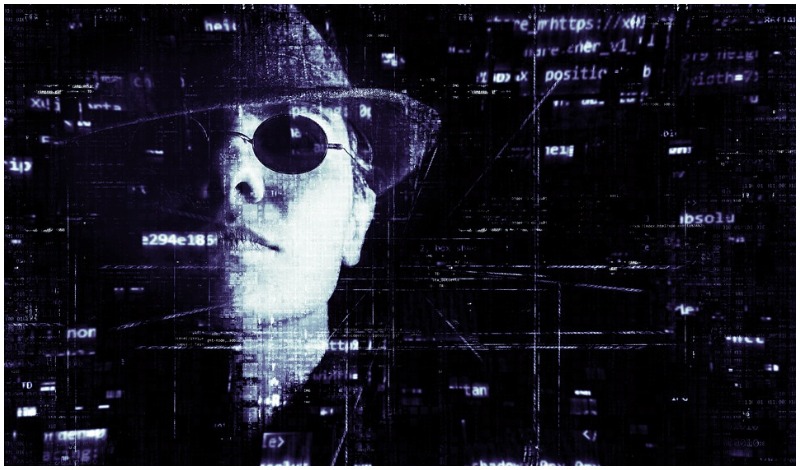Fraud in the securities market is a huge problem. There are hundreds of complaints each week of traders who find various ways of artificially inflating or deflating the prices of shares they are holding in order to whip up buyers’ and sellers interest, so they can be bought or sold at huge profits.
Most of those ways involve making sure that investors see or hear false information about the amount of movement in the security in question. Investors then either buy shares for more than the share is worth, or sell at a lower price than their true value.
It seems as if this should have been much less possible during the early 1800s, since there was no internet, with its near-instantaneous transfers of data and information. But that’s not the case.

In the 1830s, a pair of brothers who were corrupt bankers found a way to manipulate the then-current technology so that they could gain advantages in the bond market, creating what amounted to the world’s first cyber attack according to Inc.com.
In the 1790s, France created the world’s first national data network. 1843 magazine reported that it was a mechanical telegraph system that used semaphores. It was made of strings of towers, and on top of each tower was a mechanism with a series of arms on it, which could be moved into a variety of configurations to represent different characters.
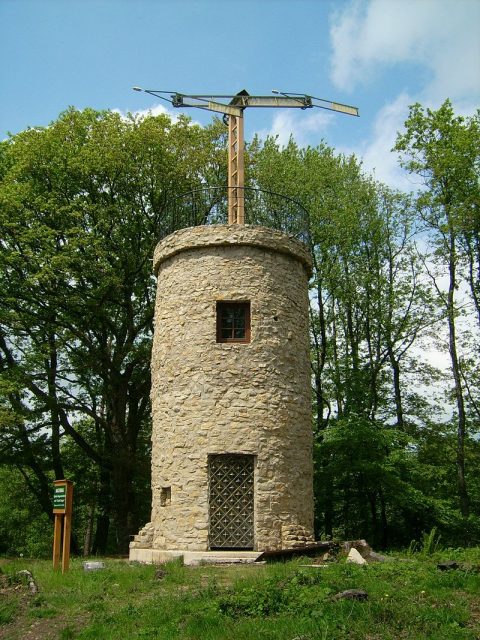
The towers were placed in line of sight of each other, and operators using telescopes could see the mechanisms on the towers behind and ahead of them in the chain and adjust their own to match, passing the information on. Messages could be passed much more quickly by this telegraph system than by letters or newspapers that had to use the mail system.
In 1834, Francois and Joseph Blanc found a way to co-opt the telegraph system and commit fraud. The stock market in Paris was the largest in France, and was a major influencer for the markets in other French cities, such as Bordeaux. A huge market indicator at the time was how fast government bonds were trading.
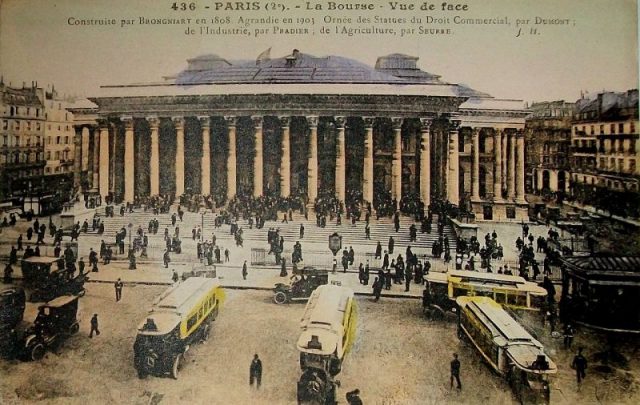
If the Paris bond market picked up its pace, then the market in Bordeaux would as well, but not until the several days later it took for the news to travel from Paris by mail.
The Blancs found a co-conspirator in Paris to watch the market there and deliver news of shifts and trends to a telegraph operator in Tours. The operator would then send the information to Bordeaux well ahead of the arrival of any newspapers or letters from Paris. This would allow the Blancs to start acting on the current trends days before any other investors trading on the Bordeaux stock market.
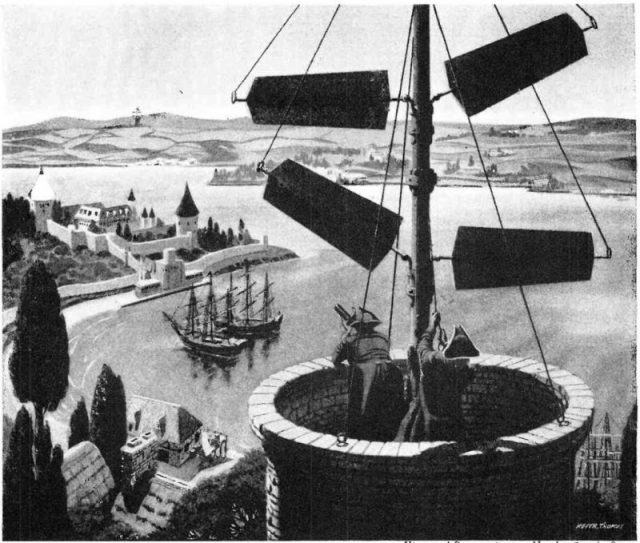
The telegraph system was government owned and run, so the Blancs could not just bribe the telegraph operator to slip in extra messages with the information they needed. Instead, they had to find a way to hide the information they needed in official, sanctioned messages traveling through the system.
Mysterious Books That Can’t Be Explained
The telegraph’s coding system had a symbol that was similar to a backspace, indicating that the previous character should be ignored. Adding an extra symbol which gave information about whether the Paris market was up or down, and then following that character with the backspace meant that the Blancs could learn what they needed to know without there being any change to the very real messages being sent through the system.
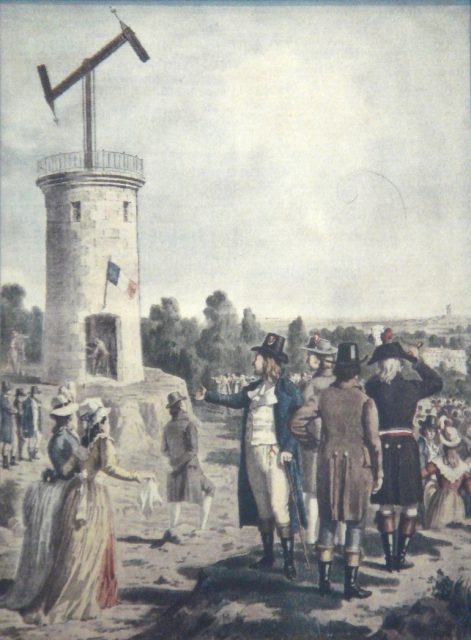
This scam continued for two years, until the operator in Tours became ill and told a friend all about it, in hopes the friend would take his place.
The Blancs were brought to trial in 1837, but as there was no law expressly forbade such a use of the telegraph system, Francois and Joseph were not convicted. Unsurprisingly, a law addressing this loophole came into being very quickly after the trial.
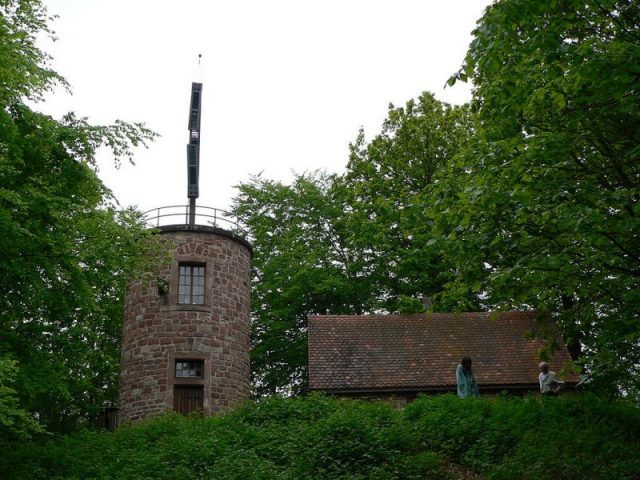
This very early use of technology manipulation clearly demonstrates that we shouldn’t assume that the modern cyber attacks we read about are the only ones going on. Successful hacks and attacks fly under the radar, just as the Blancs’ did, and are often discovered well after the fact, if at all.
Read another story from us: The Secret Campground for the Rich and Famous
Any system is only as strong as its weakest element, and that element is usually a person or people with an eye toward personal gain.
